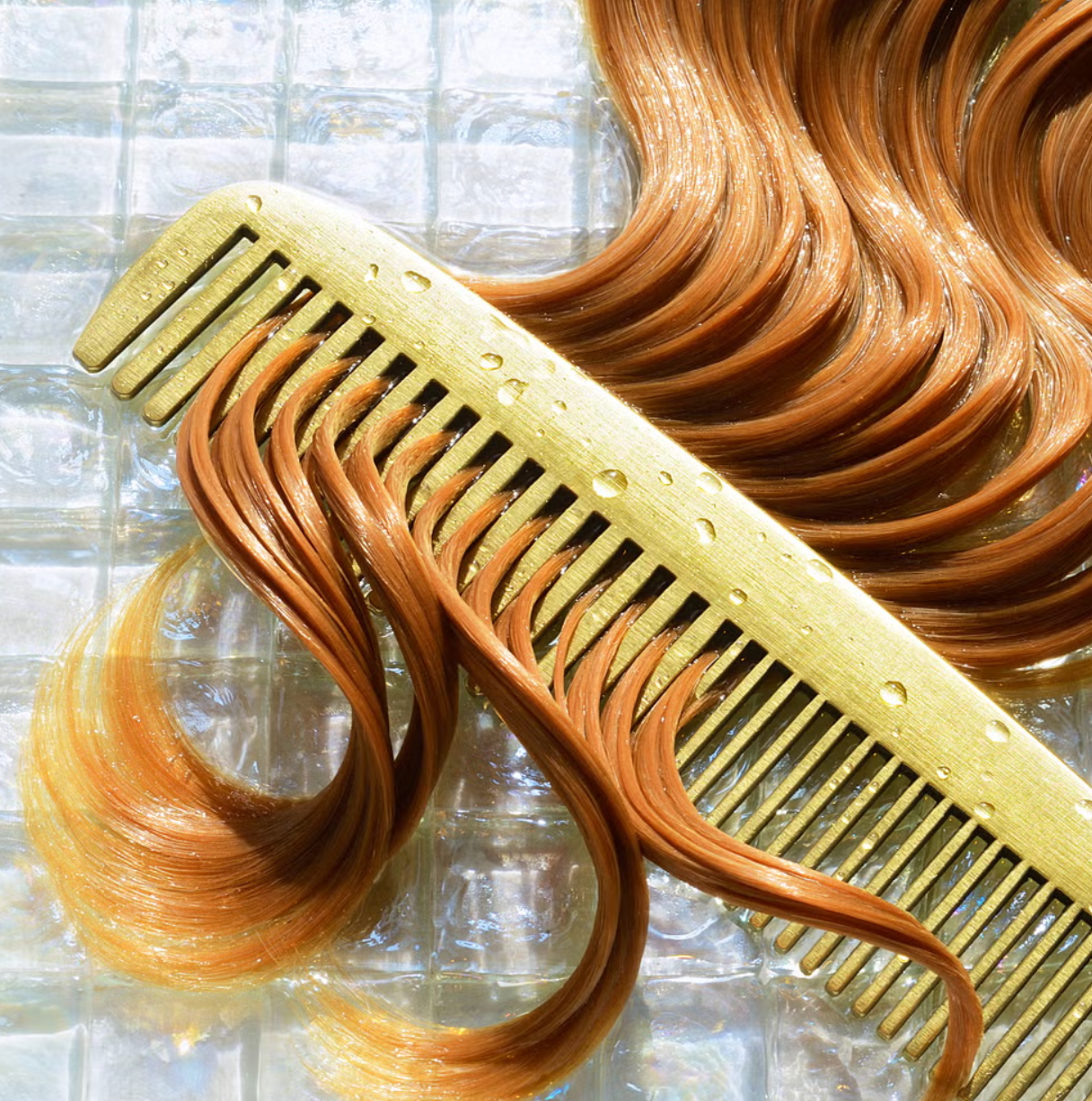Why You’re Losing More Hair and the New Science to Help Regrow It

November 8, 2024
Fiorella Valdesolo, OprahDaily.com

In 2015 Loryn Brantz, illustrator and author of the popular children’s book series Feminist Baby, imagined what the hair of Disney’s titular cartoon princesses would look like IRL. Snow White had frizz; Ariel’s red locks, emerging from the ocean were actually, well, wet; and the volume of Jasmine’s hair was suddenly something attainable without copious extensions. I wonder how their hair would look with the passage of time—Rapunzel, she of the hair like spun gold, is 18 in Tangled; how would her famous mane look three decades later?
We can venture a guess: While the vast majority of women will simply have finer, thinner hair, according to the American Academy of Dermatology, 40 percent will, in fact, have visible loss by the time they’re 40. “Most women start thinning in their 20s, 30s, or 40s, but many ignore it until they have lost 40 to 50 percent of their hair. It’s harder to notice because women thin in a more sporadic pattern than men,” says Lars Skjøth, founder and lead researcher of Harklinikken, the Danish company that has been pioneering in the space by creating bespoke extracts for the scalp since 1992. When women do notice it? In a recent survey conducted by OnePoll on behalf of Nutrafol, two-thirds of respondents agreed that the way their hair looks can completely change how they feel about themselves. And the average woman experiencing hair thinning thinks about it 15 times a day. If this hits home, read on for the latest stop-the-shed advice.